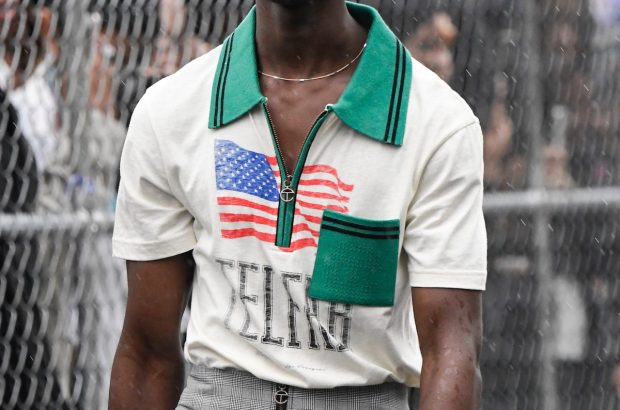Luxury Brands Take eBay Style Pricing Model for Test Drive

“Not for you — for everyone,” that’s Telfar’s tagline.
It’s a sentiment the luxury label is looking to further through its latest live pricing strategy, which allows customers to set their own prices. While the model feels revolutionary to the luxury industry, is it really? Or is it a model we all know well from eBay?
Telfar’s Live Pricing
Telfar’s new pricing model looks to challenge traditional pricing in the luxury fashion industry through a simple concept. Instead of fixed prices, Telfar’s website features a dynamic pricing tool that will ensure that the most popular items are priced lower. This new approach is designed to counter the fashion industry’s usual tactic of charging more for popular items, making Telfar’s products affordable and accessible.
Luxury Contradiction
Telfar founder Telfar Clemens said many brands use price as a barrier to entry, and he never wanted that for his brand. The live pricing model is designed to make Telfar’s products more inclusive and accessible to everyone, regardless of their financial means.
Luxury brands typically employ three strategies to maintain their brand image: price discipline, volume restraint, and exponential price-quality trade-off. Price discipline involves convincing consumers that luxury goods are valuable, but not necessarily expensive. Luxury brands often have gross margins that can reach up to 90%. By never offering discounts, luxury brands aim to blur the line between price and value. If a brand offers discounts, consumers may perceive that the full price is too high, leading to lower sales. Thus, most luxury brands avoid sales and discounts altogether.
In contrast, Telfar takes a different approach by offering affordable pricing for a luxury brand. This allows consumers to buy items without feeling like they are overpaying. Telfar’s strategy challenges the traditional notion that luxury goods must come with a high price tag, making it more accessible to a wider range of consumers.
Clemens bags have been carried by celebrities such as Bella Hadid, Solange, Selena Gomez, Dua Lipa, A$AP Ferg and Alexandria Ocasio-Cortez. His bags are known to often sell out within seconds online and go for almost double their retail price on secondhand sites.
In a 2020 interview with The Cut, Clemens described his luxury fashion brand as “genderless, democratic and transformative,” noting that he aimed to create an inclusive and accessible high fashion brand, and has been successful in doing so. However, the rapid sellout of Telfar bags raised concerns that bots and resellers were driving up prices, which contradicted the brand’s intentionally affordable price point of $150 to $257. Resale sites listed Telfar bags for as much as $700. To combat this, Telfar introduced a Bag Security Program where customers could pre-order any bag and receive guaranteed delivery, aligning with the brand’s motto.
To help eliminate this issue, the live pricing model will help to ensure that the products remain reasonably priced for everyone.
The eBay Comparison
While the live pricing model may seem similar to eBay’s auction-style format, there are significant differences between the two. In Telfar’s model, customers can set the prices, but they aren’t pitted against each other, unlike eBay, where buyers compete to purchase the product at the lowest possible price. Additionally, Telfar’s pricing model is only valid for a limited period, whereas eBay’s auction-style format can be prolonged or modified by the seller.
However, Telfar’s live pricing model can be viewed as a novel approach to pricing in the luxury fashion industry. The new pricing model can already be viewed through the launch of Telfar’s latest collection.
For all PYMNTS retail coverage, subscribe to the daily Retail Newsletter.

